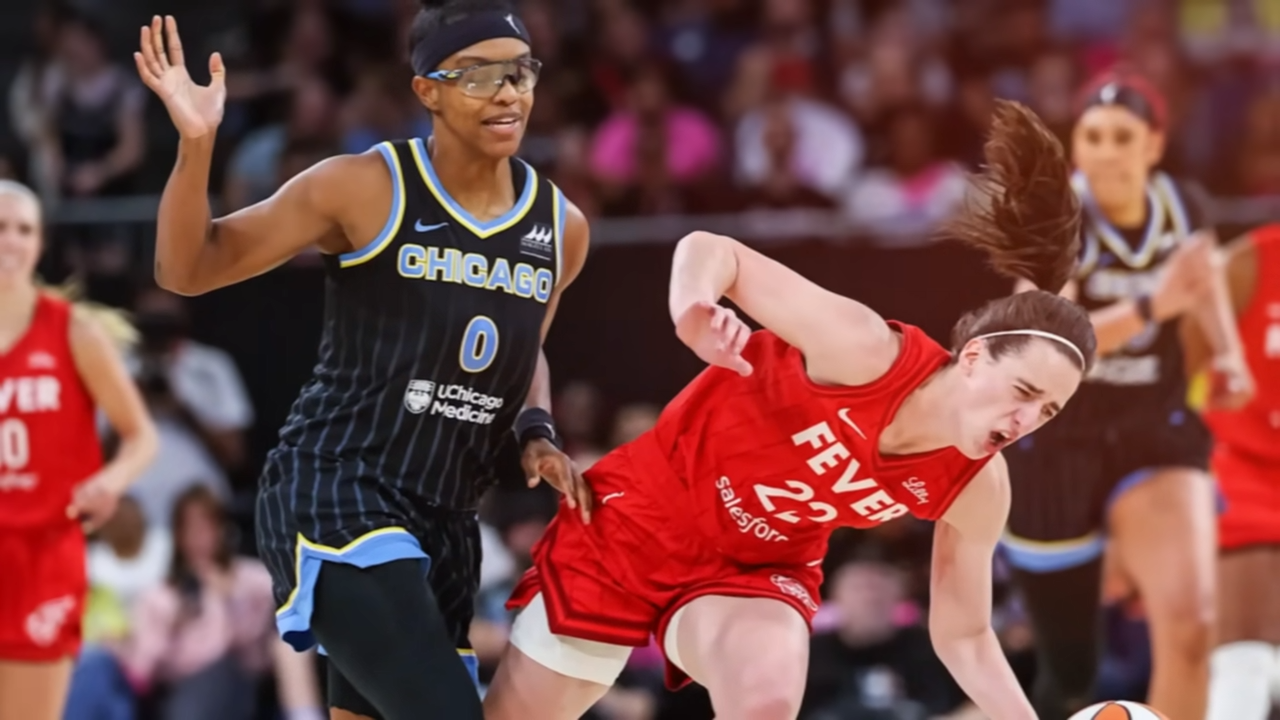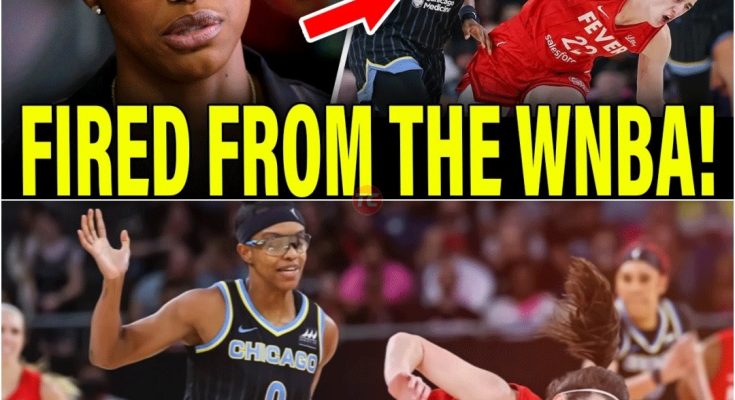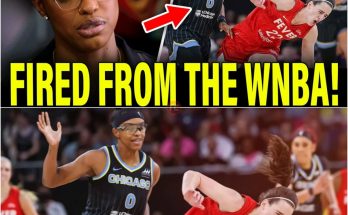In the world of professional sports, few moments can ignite a firestorm quite like a controversial play. Recently, the WNBA found itself at the center of a heated debate following an incident involving Diamond DeShields and Caitlin Clark. DeShields, formerly of the Chicago Sky, delivered what many are calling the cheapest shot of the season when she bulldozed Clark during a game. The repercussions of that moment have been swift and severe, leading to DeShields’ exit from the league and raising questions about the culture within the WNBA.

The incident occurred during a routine game between the Indiana Fever and the Chicago Sky, where tensions were already high. With the Fever comfortably ahead, DeShields made a reckless move that was clearly aimed at Clark, the league’s rising star. Instead of contesting the ball, she lowered her shoulder and delivered a hard hit that left Clark reeling. The play was not just a foul; it was a blatant act of aggression that sent shockwaves through the league.
What followed was a cascade of reactions from fans, analysts, and players alike. Social media erupted with opinions, many condemning DeShields for her actions. The consensus was clear: this was not just a reckless play; it was a targeted attack on the WNBA’s golden child. The backlash was so intense that it forced the league to take action. DeShields was not only cut from the Chicago Sky but also from the New York Liberty, leaving her without a team and effectively blacklisted from the league.
The fallout from this incident has been profound. DeShields, once a promising player, now finds herself jobless and heartbroken, sharing her struggles on social media. Her emotional posts reveal the weight of her situation, as she grapples with the reality of being cut from multiple teams in quick succession. The WNBA’s decision to sever ties with her sends a powerful message: aggression towards the league’s stars will not be tolerated.
Caitlin Clark, on the other hand, has emerged from this situation with her reputation intact. Known for her talent and marketability, Clark has become the face of the WNBA, drawing in fans and generating excitement for the league. Her ability to perform under pressure and maintain her composure in the face of adversity has only solidified her status as a rising star. While DeShields’ actions were seen as a threat to Clark, they ultimately backfired, leading to DeShields’ downfall.
The incident has also sparked a broader conversation about the culture within the WNBA. Many players, particularly veterans, have expressed feelings of resentment towards the new generation of stars like Clark. Some believe that Clark’s rapid rise has overshadowed the hard work and dedication of those who have been in the league longer. This tension has created a divide, with some players feeling threatened by the attention and accolades that younger players receive.
As the WNBA navigates this complex landscape, the league faces a critical decision. Will it continue to support its emerging stars like Clark, or will it attempt to appease the veterans who feel sidelined? The fallout from DeShields’ actions serves as a reminder that the league is at a crossroads, and how it chooses to respond will shape its future.

In conclusion, the incident involving Diamond DeShields and Caitlin Clark has highlighted the challenges and tensions within the WNBA. DeShields’ reckless hit not only cost her a place in the league but also underscored the importance of protecting the league’s stars. As the WNBA moves forward, it must find a way to balance the interests of both veteran players and newcomers, ensuring that the league remains competitive and inclusive. The future of the WNBA may very well depend on how it addresses these issues in the wake of this controversy.


